(Editor’s note: This article by Henry Biggs was published on goodwood.com. We’re curious to see your reactions as expressed in the Comments section below about the vehicles selected. Were they really so bad they killed their companies?)
This year at the Festival of Speed presented by Mastercard we will be celebrating The Innovators – masterminds of motorsport; highlighting the great leaps forward, from supercharging to active aero that make today’s race and road cars faster and safer then ever.
But for every hit, there are any number of midfielders and, more importantly for the purposes of this article, disastrous misses in the history of motoring.
Tucker Torpedo (1948)
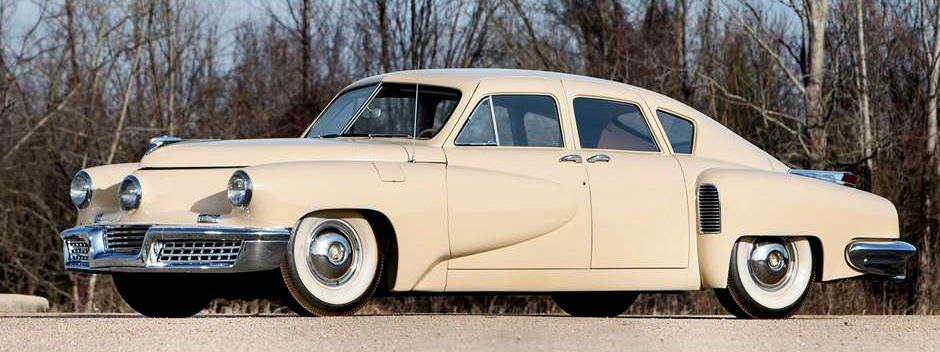
Preston Thomas Tucker is one of those fascinating, entrepreneurial characters who crops up frequently in the early days of motoring. Tucker was at various points a gas station owner, builder (with Henry Miller) of racing cars, armaments and aviation designer. Post-war, however, saw Tucker at his boldest, launching his eponymous corporation and taking on the Big Three with his ’48’ or Tucker Torpedo.
Undoubtedly the first truly modern looking car to be designed after the War, the Torpedo was the same under the skin with a rear-mounted flat-six aircraft engine, disc brakes, all independent suspension, fuel injection, a central headlamp that turned with the front wheels and an integrated roll cage. In practice that meant it was overly complex and rarely worked – the first prototype lacked a reverse gear for instance.
Ever the salesman, Tucker was selling dealerships and even accessories for the car before it officially launched and this brought him to the attention of the Securities and Exchange Commission. A trial followed and although Tucker and all his executives were cleared, the damage was done and just 50 cars made it out of the factory.
Edsel (1957)
The Edsel ranks with New Coke and the Hoover flights giveaway in being such a spectacular failure that it is used as a salient warning about the hubris of car companies. Looking for a mid-market brand to slot in between its original Ford brand and more upmarket Mercury, the Blue Oval decided to go all out and launch an entirely new marque.
Ford claimed that detailed market and customer research had been undertaken prior to its decision to drop $400m (at least $4bn today) on design, development, tooling, dealerships and the launch. Unfortunately, what never tested with customers were the actual cars, more specifically their styling and the infamous grille which, at its more polite was likened to ‘an Oldsmobile sucking a lemon.’ Quality, reliability and confusing pricing didn’t help.
Launched in 1957, Edsel was dead before the end of the decade.
NSU RO80 (1967)
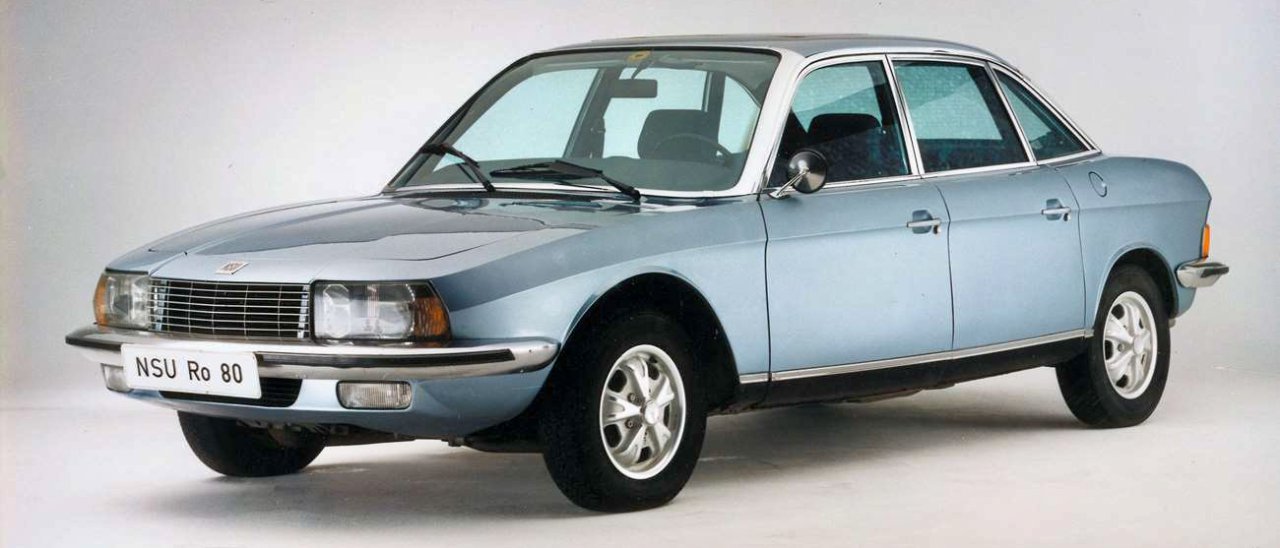
Originating in 1873 as a maker of knitting machines, the West German firm of NSU had a long and distinguished history that included four motorcycle speed records set in the 1950s. One of its machines became the first to crack 200mph at the Bonneville Salt Flats. A car maker since 1905, NSU offered the world its first Wankel rotary-powered car, the Wankelspider in 1964. It was the similarly-engined RO80 three years later that brought the firm to wider attention with manufacturers around the world licensing the technology from NSU.
That enthusiasm didn’t last long however, despite the NSU being heaped with praise, including Car of the Year in 1967 for its elegant and slippery shape, all-round disc brakes, independent suspension, semi-automatic gearbox and of course the high-revving and incredibly smooth rotary engine. The latter was also the car, and the company’s downfall.
Poorly designed three-piece rotor tips failed, necessitating costly engine rebuilds under warranty. A redesign solved the problem and the car was on sale for a decade but the reputational damage was done. Volkswagen acquired NSU in 1969 and subsumed into the Audi brand.
Bricklin SV-1 (1971)
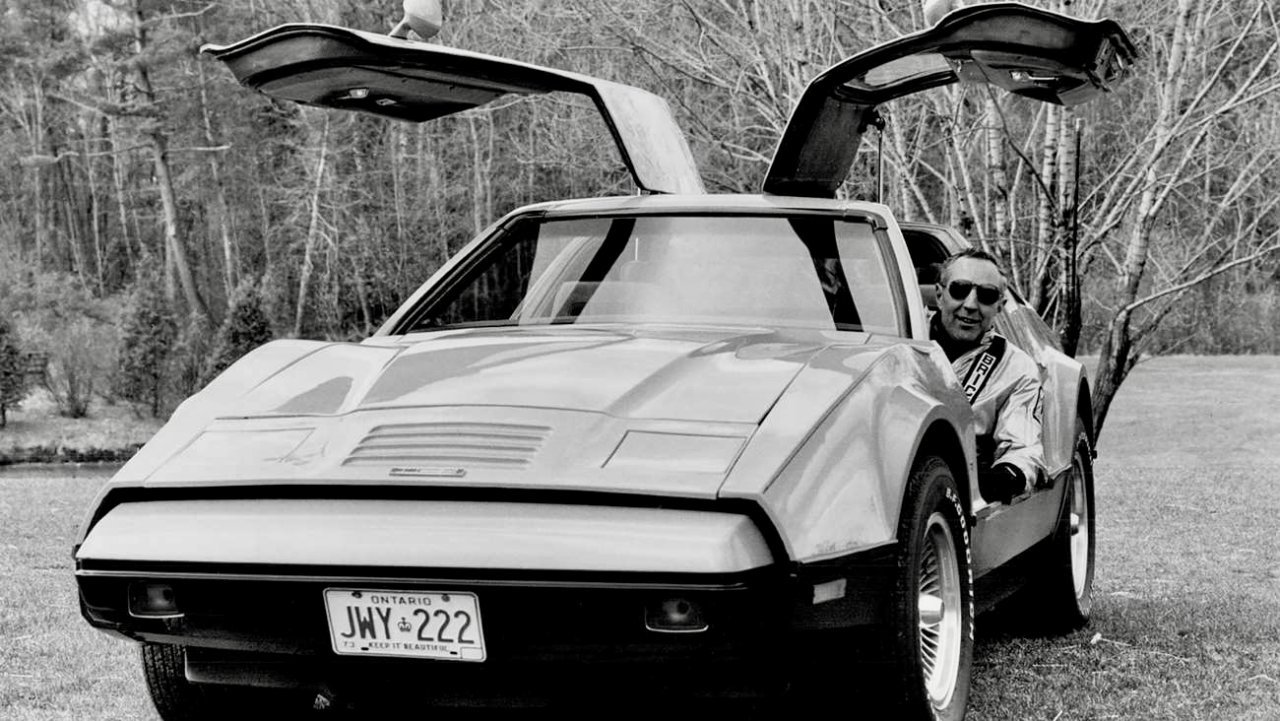
Fast forward from the Tucker debacle a couple of decades and another automotive entrepreneur – Malcolm Bricklin – likewise decided to put his name to a car which would focus on safety. Having made that name importing Subarus, Fiats and Yugos to North America, Bricklin persuaded the government of New Brunswick, Canada, to stump up the cash for a manufacturing facilities for his ‘Safety Vehicle’, the SV-1, giving it the impression that the car was production ready.
In fact the money was mostly spent on development and salaries, meaning that the SV-1 was plagued by both engineering and production problems.
Genuinely ahead of its time the two-seater sports car featured hydraulically operated gullwing doors, a stout perimeter frame and integrated roll cage. Unfortunately the hydraulics took 12 seconds to open or close the doors which had to be done one at a time, the acrylic bodies refused to bond to the frame and blistered in the heat, and the price doubled in a year.
The New Brunswick government pulled the plug with fewer than 3,000 cars built.
DeLorean DMC12 (1981)
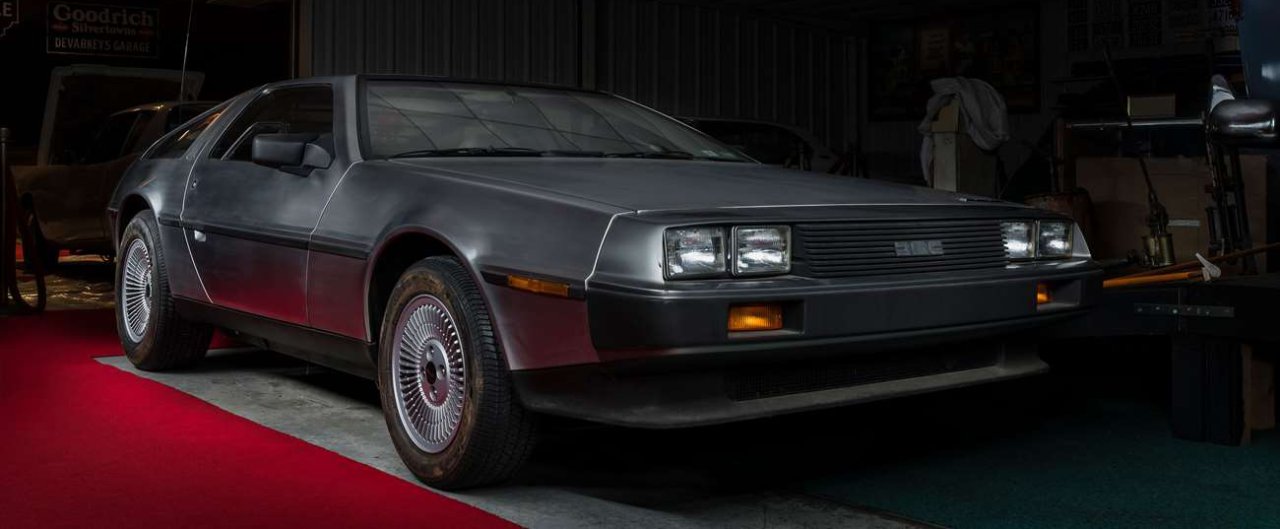
Whisper it, but, for despite its place atop the pop culture pantheon, the DeLorean DMC12 wasn’t a very good car. It wasn’t even in the first script for Back to the Future; Marty McFly was supposed to time travel in a fridge and the DeLorean Motor Company had ceased to exist by the time the film was made.
The tale of John Z DeLorean’s rise through the motor industry, his eponymous car company with its Hollywood and British government back and subsequent the hubristic downfall of both has been well-trodden, but what about the actual car?
What became the DeLorean DMC12 was originally intended to have a mid-mounted Wankel rotary in a plastic chassis, composite body and airbags. You will note that none of the above survived the development process. A Ford V6 was then mooted, discarded in favor of the complete drivetrain of a Citroën CX (for reliability of all things) and then ditched once more in favor of the underpowered and unrefined Renault PRV mounted in the rear.
Which led to a complete chassis and materials redesign by Colin Chapman. The stainless steel body made it heavy – 0-62mph in over 10 seconds – and unpaintable. The Northern Irish workforce weren’t adequately trained which led to terrible quality control issues. Finally, the car was twice its original intended price. By the end of 1981 DeLorean had only sold half the production run and was in receivership by February the following year.
Maybach 62 (1997)
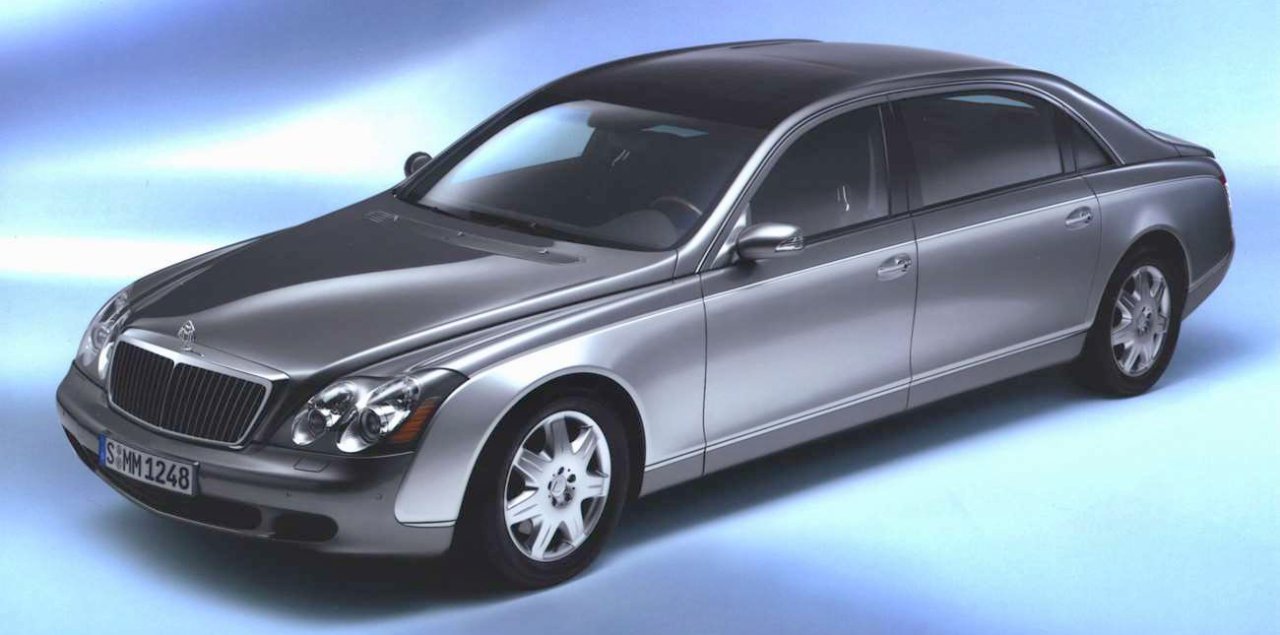
Starting life as an aircraft engine manufacturer in 1909, its founder Wilhelm Maybach having left Daimler to set up shop with his son Karl. It created its first cars after WW1, specializing in the high end and opulent. Its engineering expertise and facilities went into the making of tank engines during WW2 and car production never restarted afterward. It was snapped up by Mercedes-Benz in 1960 and used to create hand-built specials based on the W108 and W116.
Skip ahead to the late 1990s and German rivals BMW and Volkswagen had acquired Rolls-Royce and Bentley, respectively, so Mercedes needed something in response. That answer was to take an aging S-Class chassis, dress it in a lengthy and rather gaudy body, dress the interior still more gaudily and power it with a twin-turbo V12.
Perhaps in today’s influencer-saturated, Instagram-captured world the Maybach could have worked, but even the initial sales projection of 2,000 cars was out of reach and Maybach as a separately badged entity ceased to exist in 2012.
Fisker Karma (2012)

Karma’s lesson for budding automotive entrepreneurs; don’t name your company after yourself. Fisker Automotive was the brainchild of former Aston Martin designer Henrik Fisker and business partner Bernhard Koehler. After a brief attempt to revive the lost art of coachbuilding, the pair settled on a much more up-to-date venture; producing the world’s first luxury range-extending hybrid car.
The resulting Fisker Karma used a pair of electric motors to produce a total of 409PS (301kW), powered by a battery pack that was in turn fed by a 2.0-liter Ecotec engine acting as a generator. The result was, well, underwhelming with an all-electric range of 32 miles, a top speed of 125mph and a claimed 0-62mph time of 5.9 seconds. Meanwhile the cabin of the four-door saloon car was so cramped that the EPA classified it as a sub-compact.
Production in Finland was slow to start and plagued by issues; a car lent to US publication Consumer Reports broke down before the check-in procedure was completed. In total around 2,000 cars found homes, mainly in the US, before the plug was pulled.
(Editor’s note: Fisker has returned, this time with its Ocean model.)






Good article. Would have liked a picture of the inside too.
“7 Cars… that killed their companies” is an interesting idea for an article, but this piece is so badly-written that it’s hard to believe it was approved. Incomplete sentences, run-on sentences, sentences without subjects, incorrect word choices…it’s a veritable compendium of grammar mistakes. Thank heavens for the photos. Without them it would have been unreadable.